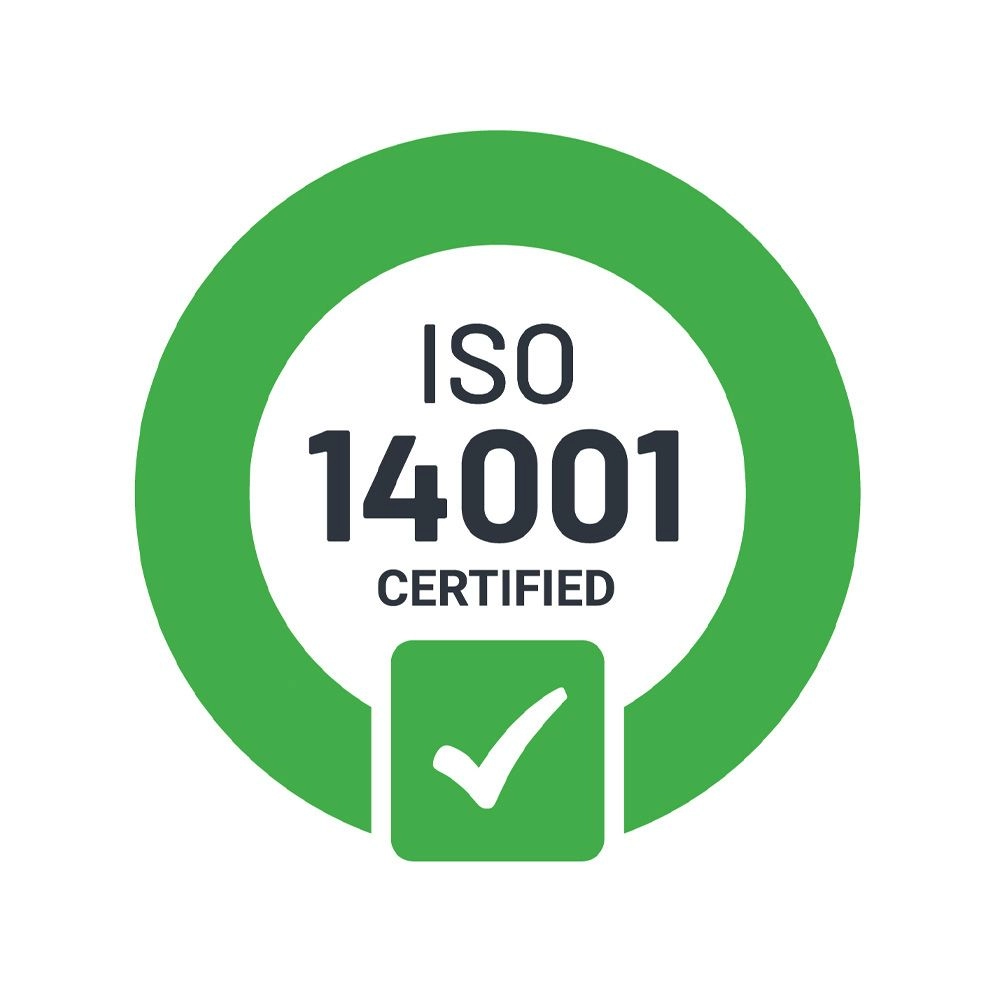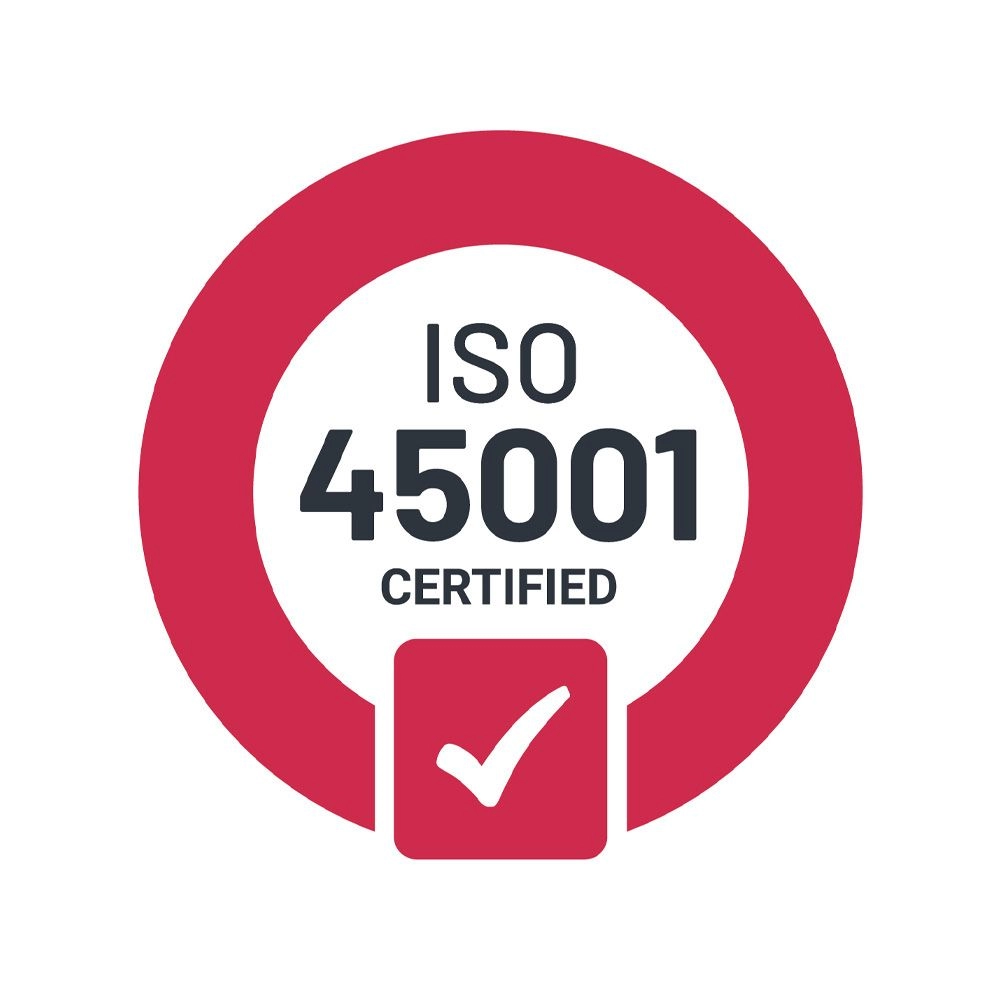ISO 14001 Environmental Management System
ISO 14001 is a management system standard published by International Organization for Standardization (ISO).
An EMS is defined by ISO as:
''part of the overall management system, that includes organizational structure, planning activities, responsibilities, practices, procedures, processes, and resources for developing, implementing, achieving, and maintaining the environmental policy.''
Evolution of ISO 14001 Environmental Management System:
| Year | Initiative | |
| 1960s | - | The Environmental movement began to gain its momentum. |
| 1972 | - | First UN conference on the human environment in Stockholm in 1972. |
| 1992 | - | The United Nations reached an agreement to protect the environment by reducing the negative impacts of business’ activities. |
| 1992 | - | British Standards Institution (BSI) introduced BS 7750 marking the world’s first Environmental Management Systems standard as part of a response to growing concerns about protecting the environment. |
| 1996 | - | ISO launched the first version of ISO 14001:2016 which is an international standard to enable organisations to develop policies and objectives. If focussed mainly on pollution control and managing negative impacts on the environment. BS 7750 supplied the template for the development of the ISO 14000 series in 1996. |
| 2004 | - | ISO 14001:1996 was withdrawn and replaced by ISO 14001:2004. The 2004 version standard was strengthened to account for broader compliance requirements and focus the organization on the aspects they can control and influence. |
| 2015 | - | ISO 14001:2015 which is a more harmonized approach with other ISO management systems that seek positive environmental outcomes was released to replace ISO 14001:2004. ISO 14001:2015 standard works on the risk-based approach and allows priority to be given to risks and opportunities relevant to the organization. It enables organizations to manage their resources for a positive outcome. |
| 2021 | - | This standard was last reviewed and confirmed in 2021. Therefore this version of ISO 14001:2015 remains current. |
- Organizations of all types and sizes and natures can implement ISO 14001 EMS.
It does not matter what size your organization is:- Any organisation with as few as 2 persons to as large as million persons can benefit from ISO 14001 EMS.
- Any organisation in service or manufacturing, profit or non-profit organisation, private or public or government can implement ISO 14001 EMS.
- Any organizations whose investors are demanding for environmental protection actions to tackle climate change and facing adverse action if they failed to meet environmental obligations to deal with the climate crisis. Proof of social responsibility becomes critical for businesses as it is a key factor in corporate decision-making.
- Any organization that wants to inspire consumers and stakeholders and to add credibility and confidence in its ability to plan and mitigate environmental issues in its whole supply chain and operations to demonstrate that its product and service meet the environmental protection expectations.
- Any kind of organization for which ISO 14001 implementation may be a legal or contractual requirement.
- Any organisation that wants to reduce waste, improve resource efficiency and cut the cost of waste management and reduce their environmental impact.
- Any organization that wants to establish, implement, operate, and maintain an environmental management system (EMS).
- Any organization that wants to monitor, review and improve EMS.
- Any organization that needs to demonstrate its ability to consistently provide services that meet client needs.
- Any organization needs to assess its conformity with its stated environmental management policy.
- It demonstrates to your customers, suppliers and external stakeholders that you are committed to being an environmentally sustainable organisation, which can inspire both increased sales, as well as overcoming regulatory barriers to entry for certain projects/businesses.
- Regulators and customers alike are increasingly demanding environmental impacts be taken into account by the organisation they are purchasing from or working with. In the absence of an environmental management system, you risk losing customers to competitors that see the value in showing their customers they have an internationally-recognised framework of the environmental management system.
- You may face the risks and lost opportunities involved with not having an ISO 14001 environmental management system and risk being known as the organisation that doesn’t take environmental concerns onboard as you operate.
- You will potentially be eligible for more lucrative, large scale both government and private sector contracts that are only offered to organisations that can provide proof of their commitment to reducing environmental impacts in their operations.
- To identify business context, external issues and internal issues such as (external) political, economical, social, cultural, legal and environmental; (internal) company culture, infrastructures, resources, and financial and environmental that would affect the performances of your EMS.
- To identify the needs and expectations of interested parties such as customers, workers, suppliers, contractor insurers, community, neighbours, and regulators which are significant to the success of your EMS.
- To determine the scope of EMS and identify these EMS processes.
- Top Management involvement is central. Top management is responsible and accountable for the effectiveness and performance of EMS.
- EMS Policy shall be communicated, and made available to interested parties.
- Responsibilities and authorities for relevant roles within the environmental management system are assigned and communicated at all levels within the organization and maintained as documented information.
- To determine the Environmental Aspect of your activities and the impact on the environment, assess EMS risks and opportunities based on the organizational context (external and internal issues), needs and expectations of interested parties and company scope.
- To determine applicable legal requirements and other requirements imposed by authorities and customers and plan actions and evaluate the effectiveness of these actions.
- To establish EMS objectives with consideration of the results of risks and opportunities assessment and to determine the what, whom when and how they are to be communicated.
- Employees should be provided:
- with the relevant EMS training and education;
- with awareness of employee’s contribution to and benefit of EMS; and
- with awareness of environmental aspects, risks and opportunities and meeting compliance obligations.
- To ensure EMS communication within the company, amongst interested parties, contractors and visitors to the workplace.
- To eliminate environmental risk through the use of a Waste Management Hierarchy of Controls.
- To manage EMS changes.
- Procurement:
- to ensure outsourced processes are controlled or influenced;
- to determine the environmental requirement(s) for the procurement of products and services, as appropriate; and
- to communicate the relevant environmental requirement(s) to external providers, including contractors.
- Emergency Response Plan (ERP):
- to establish ERP for emergencies;
- to provide training on ERP;
- to establish Emergency Response Team; and
- to test ERP periodically.
- To evaluate legal and other applicable requirements compliance before the EMS internal audit.
- To report the performance of EMS objectives and targets.
- Plan and conduct EMS Internal audit with the results reported to the respective managers, workers, worker’s representatives and other interested parties.
- To conduct EMS Management review meeting to review:
- the changes to external, and internal issues, expectations of interested parties, legal, risks & opportunities;
- the performance of EMS policy, objectives, incidents, non-conformities, monitoring results, legal compliance, audit, risks and opportunities; and
- the adequacy of resources, communications with interested parties, and Opportunities for Improvement.
- To determine opportunities for improvement arising from:
- clause 9.1 — Monitoring, measurement, analysis and evaluation
- clause 9.2 — Internal audit
- clause 9.3 — Management review
- React to the nonconformity and:
- take action to control and correct it, and deal with the consequences, including mitigating adverse environmental impacts;
- evaluate the need for action to eliminate the causes of the nonconformity, in order that it does not recur or occur elsewhere; and
- implement action(s) needed.
- To continually improve the suitability, adequacy, and effectiveness of the EMS to enhance environmental performance.
We adopt four stages of the most practical and methodological process to help you certified for ISO 14001.
Stage 1: Planning
Conduct Kick-Off Meeting to:
- conduct Gap Analysis;
- establish implementation schedule and plan;
- appoint EMR, DEMR, DCC and establish Environmental Committee:
- Legal (EQA, OSHA, FMA);
- Purchasing;
- Human Resource or Training;
- Waste Management (Schedule Wastes, Recycle, Scrap);
- Chemical Handling (Storage, Consumption, Pollution; and
- Emergency Response (Fire Fighting, First Aid, Emergency Activities);
- establish a documentation framework; and
- have a fundamental understanding of the requirements of ISO 14001.
Drafting and writing documents to comply with ISO 14001 requirements:
- EMS Manual
- EMS process and sequence and their interaction (Clause 4.4);
- Environmental Policy (Clause 5.2);
- Environmental Objectives (Clause 6.2);
- EMS External & Internal Issues & Interested Parties (Clause 4.1 & 4.2);
- EMS Organisation Chart (Clause 5.3); and
- Emergency Response Team and Responsibilities Chart (Clause 5.3).
- Job Description (Clause 5.3).
- EMS Core Procedures.
- EMS Supporting Process Procedures.
- EMS System Procedures.
- EMS Forms, Work Instructions and others.
- Guidance and advice on the implementation of the documented EMS such as:
- Environmental Aspect Operational Control;
- Monitoring Environmental Objectives and Targets;
- Environmental Management Program Action Plan;
- Environmental Emergency Practices;
- Emergency Escape Route Map;
- Fire Fighting Protection System
- Fire Drill and Evacuation;
- First Aid Training;
- Chemical Handling;
- Waste Handling;
- Legal Compliance Evaluation;
- Air Emission Test;
- Water Test;
- Boundary Noise Test;
- Disposed of Scrap Items (Waste) List;
- Selection of Approved Waste Collector;
- Chemical List;
- Machine and Equipment List;
- Machine License;
- MSDS or CSDS from Supplier;
- Energy Consumption (Water, Electricity); and
- others
- To conduct an ISO 14001 EMS Internal Audit Training.
- To conduct an ISO 14001 EMS Internal Audit.
- To conduct an ISO 14001 EMS Management Review Meeting.
- Stage 1 Documentation Audit by the Certification Body.
- Rectification of Stage 1 Audit Finding issued by the Certification Body.
- Stage 2 Audit Compliance Audit by the Certification Body.
- Rectification of Stage 2 NCRs issued by the Certification Body.
You will then receive your ISO 14001 certificate.
Inquiry - ISO 14001 Environmental Management System











